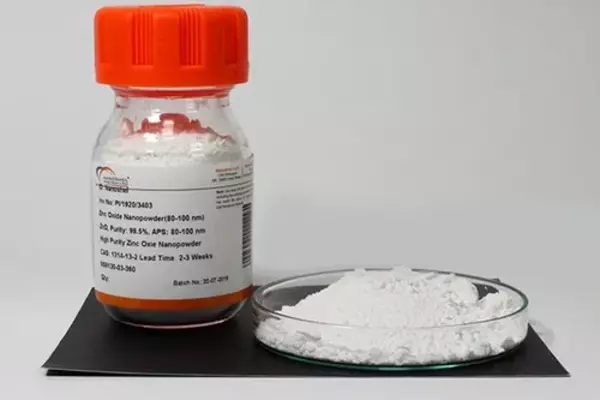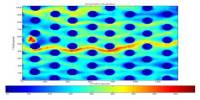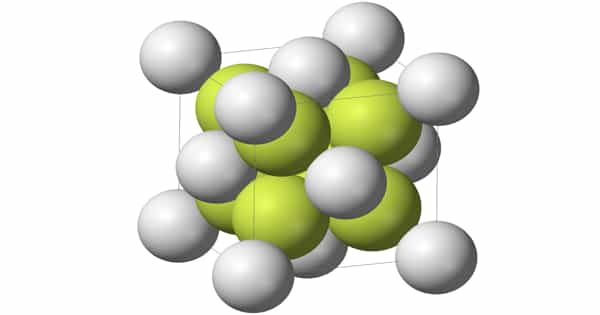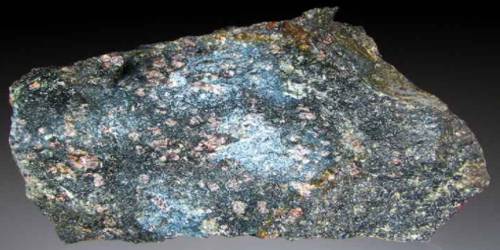The inorganic compound with the formula ZnI2 is zinc iodide. It is a white solid that readily absorbs water from the surrounding environment. It is found in both anhydrous and dihydrate forms. It can be produced directly through the reaction of zinc and iodine in the presence of ether. Both are white and readily absorb water from the surrounding environment. It has no significant application.
The zinc iodide osmium method is used in the morphological study of dendritic cells in the human cervix. It is also used as a stain in electron microscopy in conjunction with osmium tetroxide.
Properties
- Chemical formula: ZnI2
- Molar mass: 319.19 g/mol
- Appearance: white solid
- Density: 4.74 g/cm3
- Melting point: 446 °C (835 °F; 719 K)
- Boiling point: 1,150 °C (2,100 °F; 1,420 K) decomposes
- Solubility in water: 450 g/100mL (20 °C)
- Crystal structure: Tetragonal, tI96

Preparation
It can be prepared by the direct reaction of zinc and iodine in water or in refluxing ether. or by treating zinc with iodine in aqueous solution:
Zn + I2 → ZnI2
Structure as solid, gas, and in solution
The structure of solid ZnI2 is unusual relative to the dichloride. While zinc centers are tetrahedrally coordinated, as in ZnCl2, groups of four of these tetrahedra share three vertices to form “super-tetrahedra” of composition {Zn4I10}, which are linked by their vertices to form a three-dimensional structure. These “super-tetrahedra” are similar to the P4O10 structure.
Molecular ZnI2 is linear as predicted by VSEPR theory with a Zn-I bond length of 238 pm.
In aqueous solution the following have been detected: Zn(H2O)62+, [ZnI(H2O)5]+, tetrahedral ZnI2(H2O)2, ZnI3(H2O)−, and ZnI42−.
Applications
In industrial radiography, zinc iodide is frequently used as an x-ray opaque penetrant to improve the contrast between the damaged and intact composite.
A rechargeable aqueous zinc-halogen cell is described in US patent 4,109,065, which includes an aqueous electrolytic solution containing a zinc salt selected from the class consisting of zinc bromide, zinc iodide, and mixtures thereof, in both positive and negative electrode compartments. ZnI2 is used as a stain in electron microscopy in conjunction with osmium tetroxide. Some common uses are –
- Used as a stain in electron microscopy
- Used as an X-ray opaque penetrant in industrial radiography
- Used as a catalyst in the conversion of methanol to triptane
















